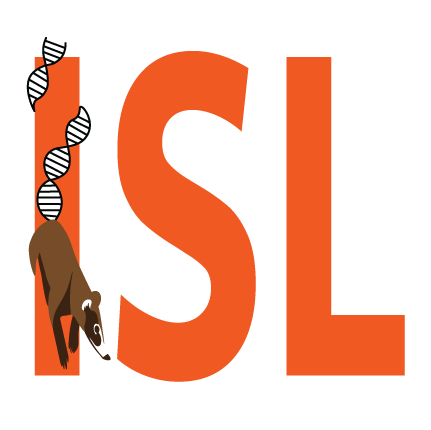ABOUT THE ISL INITIATIVE
Who we are
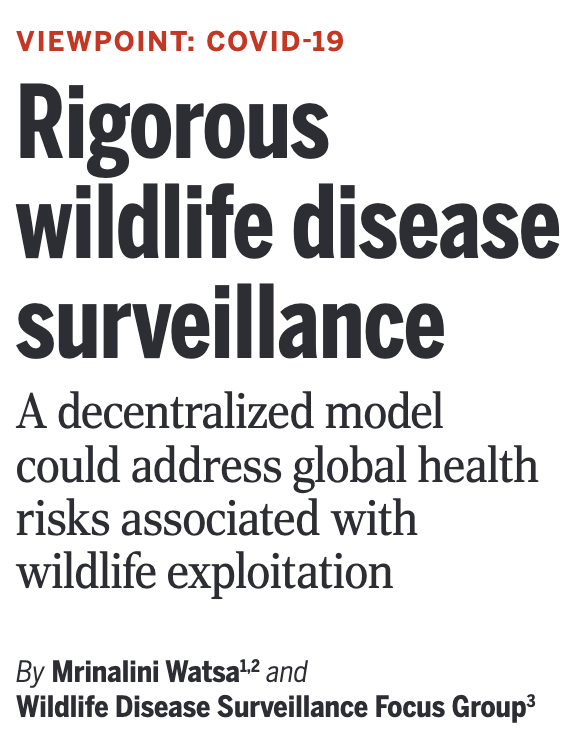
The beginnings of an idea
In July 2021, a group of wildlife biologists, including our founding members, proposed a new perspective in the journal Science titled: Rigorous wildlife disease surveillance in which they describe a vision for a decentralized network of democratized laboratories. This work spurred a lively discussion on the functionality and scope of such efforts, emphasizing the importance of building international biorepository capacity and utilizing alternate means of disease surveillance including screens of environmental DNA.
Our journey
The In Situ Laboratory Initiative was founded in 2020 as a response to the growing need for small, functional, biosecure, low-cost laboratories in global areas at high risk of disease – a need that became all the more evident in the wake of the COVID-19 pandemic. It embraces a One Health perspective that includes monitoring biodiversity and ecosystem health utilizing the same laboratory facilities. It seeks to expand access to affordable technologies, promote a decentralized and resilient network of labs, and to widen the scope of biodiversity and disease surveillance programs globally.
Key Elements of the ISL Strategy
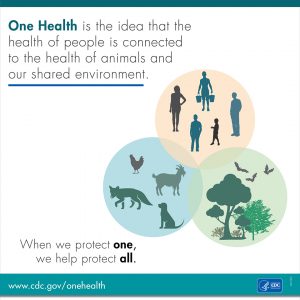 The One Health paradigm emphasizes the interconnectedness of human, wildlife, and environmental health. Wildlife conservation and emerging infectious disease (EID) screening are two sides of the same coin, since 60% of EIDs are zoonotic in nature, and over 70% of zoonotic EIDs have an origin in wildlife.
The One Health paradigm emphasizes the interconnectedness of human, wildlife, and environmental health. Wildlife conservation and emerging infectious disease (EID) screening are two sides of the same coin, since 60% of EIDs are zoonotic in nature, and over 70% of zoonotic EIDs have an origin in wildlife.
A promising, cost-efficient way to protect people from emerging diseases while protecting threatened animal populations is to integrate disease monitoring into broader conservation efforts, and vice versa.
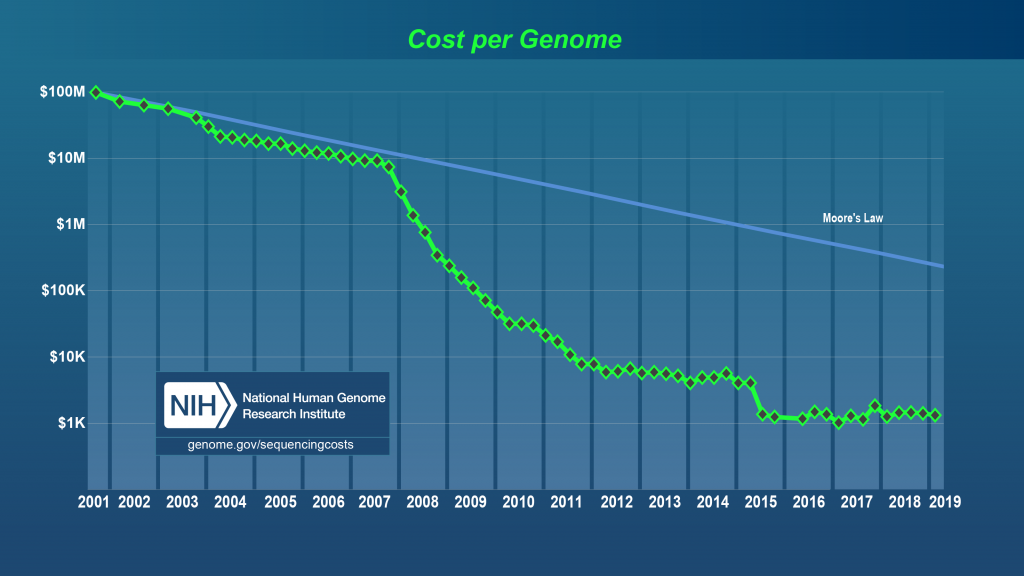
Twenty years ago it took USD 2.7 billion and 13 years to create a draft of a single human genome; today, one can be sequenced overnight for as low as USD 1000. Moore’s Law, applied originally to the declining size of semiconductors, can also be applied to genomic sequencing; in fact, the cost of genomic sequencing is outpacing the Law as technology becomes miniaturized. Yet this technology has largely remained sequestered, due to the prohibitive cost of high throughput sequencers and consumable reagents.
In effect, one end of the spectrum of genomic capacity is racing ahead, leaving the other behind. The ISL Initiative aims to shift the paradigm of the expensive molecular laboratory operated by a nation’s elite scientists, to one that is more affordable, accessible, and ultimately, democratic.
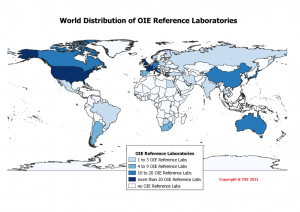
According to the World Organisation for Animal Health (OIE) (11), there are 125 reference laboratories globally on record that are certified to screen for one or more targeted pathogens. None of these labs focus on broad pathogen surveillance. Ironically, and in keeping with global inequalities in access to laboratories, they are distributed such that countries with the highest emerging infectious disease risks do not in fact contain adequate laboratory facilities. Seventy eight (62%) of 125 reference laboratories are in Europe and North America; only 33 (26%) are in Asia (14 in China and 8 in Japan), with 12 labs (34%) spread between 7 countries; 3 (∼2%) are in Africa; 4 (∼3%) are in Australia, and 8 (∼6%) are in South America.
However, Southeast Asia, Africa, and Central and South America carry the burden of EID risk. Through our research, we concluded that despite not accounting for laboratory size or screening methods and capacity, it is clear that many regions with zoonotic hotspots, which are often biodiversity hotspots, lacked testing facilities with the capability of conducting disease surveillance or biodiversity monitoring.
Current efforts at surveillance – both of biodiversity and health – are functional, but are expensive, maintained by a select few countries, and subject to political whims, as evidenced by the 2019 shift in funding for PREDICT, a recall of U.S. National Institutes of Health (NIH) support for the EcoHealth Alliance, and the brief withdrawal of the United States from the World Health Organization (WHO). As such, we demonstrate that these solutions are not immediately scalable, nor do they stimulate widespread and equitable capacity.
The Convention on Biological Diversity, a multilateral global treaty with 193 parties, has three objectives: 1) the conservation of biological diversity, 2) the sustainable use of its components, and 3) the fair and equitable sharing of the benefits arising from the use of genetic materials. The third objective is further defined by The Nagoya Protocol on Access to Genetic Resources and the Fair and Equitable Sharing of Benefits Arising from their Utilization which entered into force on 12 October 2014. Its objective is to contribute to the conservation and sustainable use of biodiversity arising from the utilization of genetic resources, a task done more appropriately when resources stay in-country and are used by local scientists.
Building a Blueprint for a Decentralised Laboratory
The ISL Initiative aims to create a blueprint for sustainable, decentralized, and low-cost laboratories, that, rather than replacing existing urban facilities, will expand laboratory analysis capacity into areas that have historically lacked access to such resources.
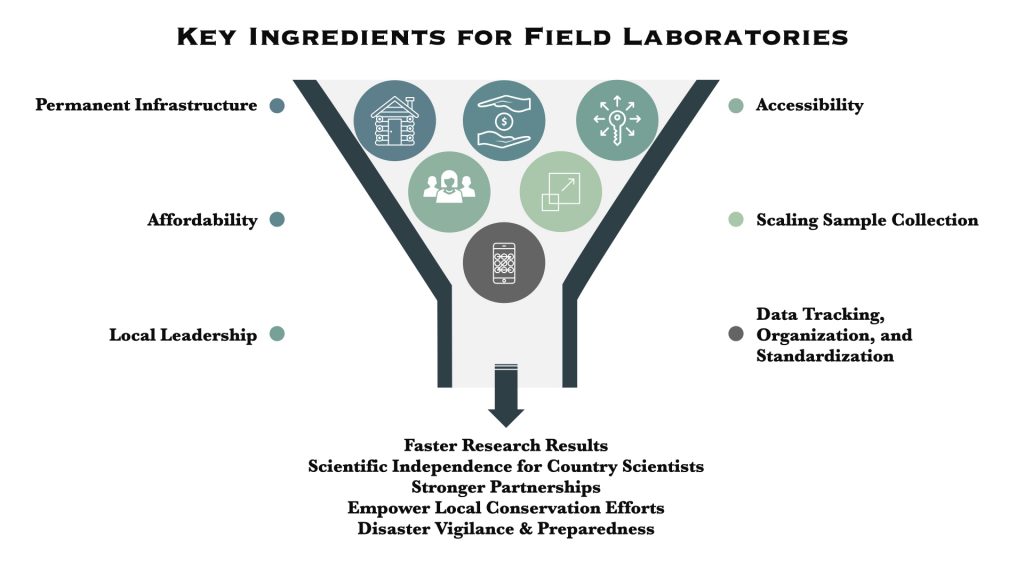
Moving Forward
To be impactful, it makes sense to begin in places where biodiversity is highest and interactions with wildlife have dramatically increased. Standardized disease and biodiversity surveillance in such places has been held back by a lack of resources to build surveillance facilities and ponderous current laboratory protocols, which are not designed to facilitate biosurveillance at the frontline. As a first step, we will pilot a prototype of an innovative conservation technology hub equipped with cutting-edge miniaturized instruments for next-generation sequencing and animal movement tracking to realize simultaneous disease and biodiversity monitoring at source.
At its root, the ISL Initiative aims to create in-country capacity where infrastructure may be presently nonexistent or inadequate. ISL Initiative partners will strive to develop and utilize lab equipment, materials, and protocols that remain affordable and accessible without compromising safety or data quality. Our model was conceptualized to function in remote areas, but can be adapted to cities and towns where the need for animal pathogen surveillance may be of equal or greater concern.
First Steps
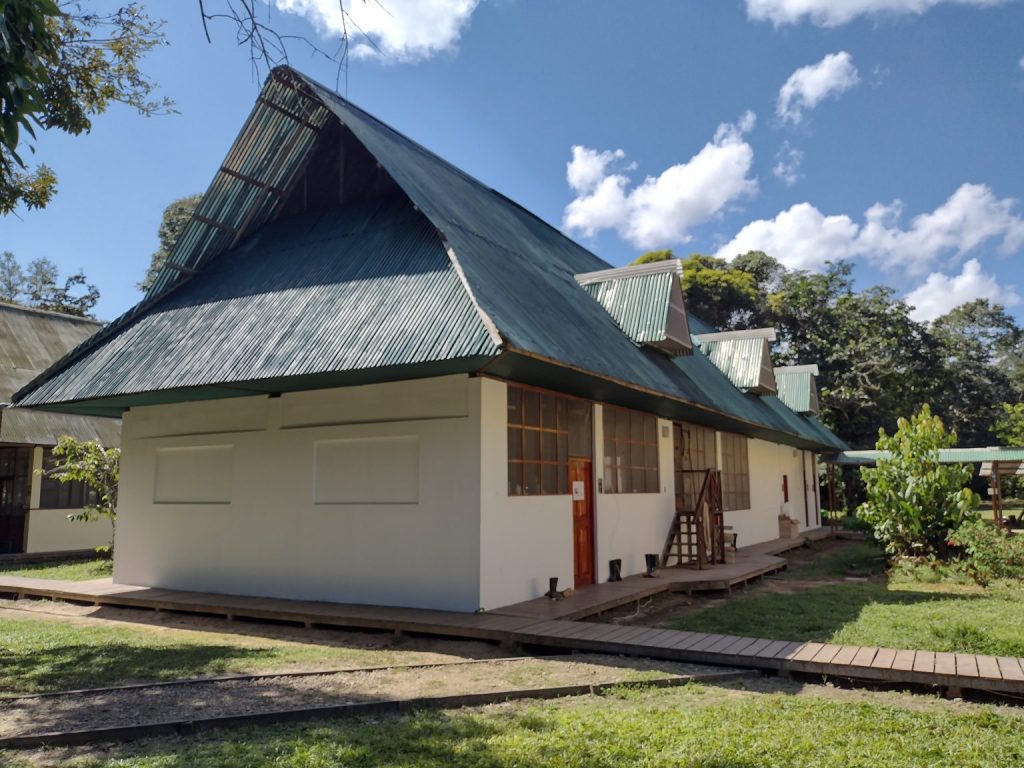
The ISL Initiative formally launched in October 2020, with the establishment of the first hub of the decentralized network located in the Peruvian Amazon by August 2021. The Wildlife Conservation Laboratory is the first node in a network of planned laboratories in Peru, and will serve as a model for other similar laboratories globally. See the full press release of its launch here (Spanish).
Hubs are in development in Peru, Rwanda, Vietnam, and Indonesia. We will continue to share detailed information from each hub as it is made available by program leadership in each region.
